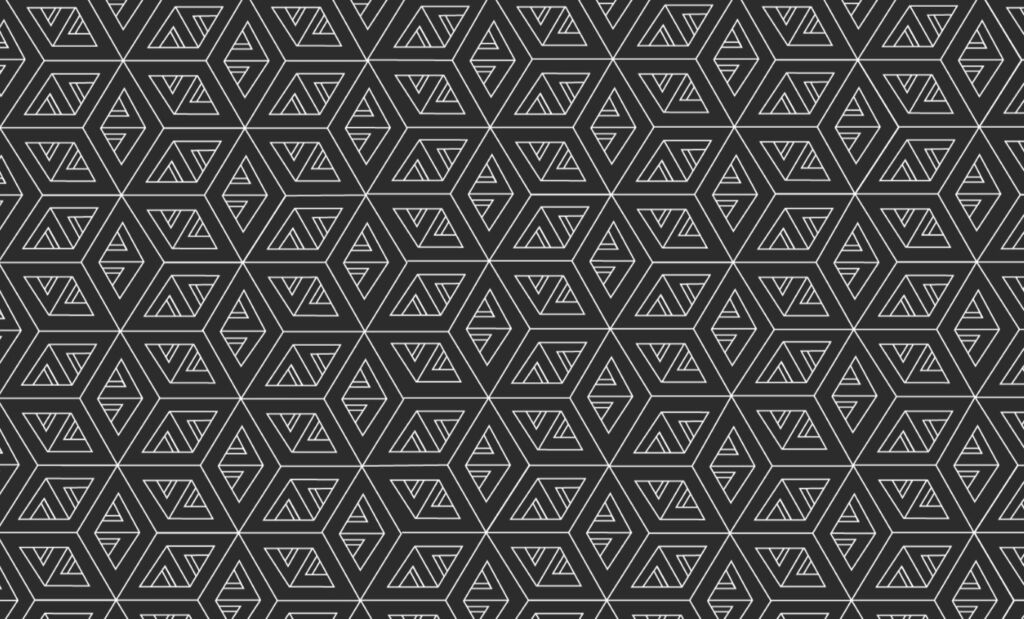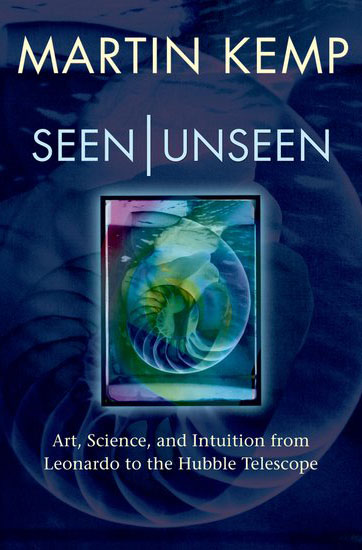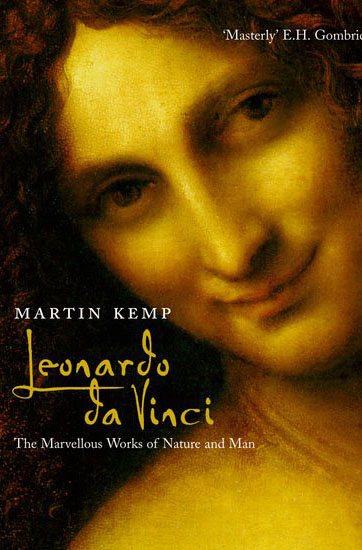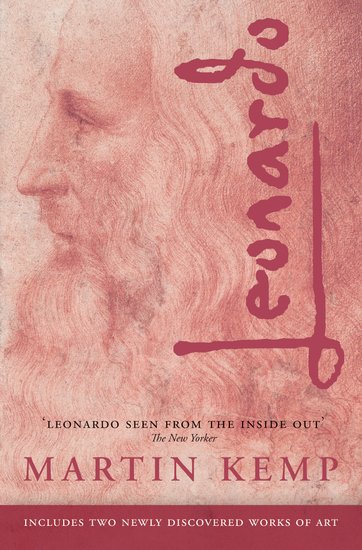Words by Meritxell Rosell

Art and science, what we conceive as two completely separated disciplines, were intimately intricate centuries ago, during the Renaissance, for instance, exemplified in figures like Leonardo da Vinci. With the Enlightenment one negated the other, and they become apart since until some decades ago when art started to dig for inspiration in technology, engineering and science again.
If we look at them closer, art and science, even though with very different objectives, both interpret and represent what exists around us, the visible and the invisible for the human eye, with visual images as a central and essential aspect of representation.
Martin J. Kemp, Emeritus Research Professor in the History of Art at Oxford University, has written and broadcasted on the imagery in art and science from the Renaissance to nowadays. He is also one of the world’s leading experts on Leonardo da Vinci, who has been a research subject of one of his successful books, Leonardo (Oxford University Press, 2004).
With a background in Natural Sciences and the History of Art, his studies have also concerned issues of visualisation, modelling and representation common to both science and art. His book Seen | Unseen: Art, science, and Intuition from Leonardo to the Hubble Telescope (Oxford University Press, 2006), shows the insights that science has taken from art, and art from science again from the Renaissance until nowadays.
His latest publication, Structural Intuitions: Seeing Shapes in Art and Science (University of Virginia Press, 2015), explores how close the cognitive processes for artistic or scientific expression are.
He has also curated a series of exhibitions on Leonardo and other themes, including Spectacular Bodies (Hayward Gallery in London) and Leonardo da Vinci: Experience, Experiment, Design at the Victoria and Albert Museum in 2006.
Your background is in natural sciences and art history, and you wrote what’s probably one of the first books about art and science. When and how did the fascination with both science and art come about?
It was a kind of accident. I thought I was switching totally from science to art. After graduate work, I was asked by a trainee TV director to help with his graduation film on Leonardo’s drawings of water in motion. Ernst Gombrich lent us a paper on the drawings that he had not then published.
I felt I had come home with respect to my growing interest in seeing and representation. And it started me on Leonardo, whom I had avoided because he looked big and difficult.
In the early 1920s, Cubism helped physicist Niels Bohr to determine the quantum theory when he compared the behavior of electrons with Cubist paintings. But, in your view, what is the biggest contribution of science to the arts?
The revolution in naturalistic representation in the Renaissance allowed the sharing of acts of seeing through matchable representations. This led to photography and film/video, which are still our main ways of transmitting visual knowledge.
Is Bio Art blurring the boundaries between creative expressions and scientific research to make it more accessible to the public or it is challenging what society understands about it?
Different bio-artists are doing different things. Some are challenging bio-engineering from the outside; some are asking creative questions from the inside; some are using biotechniques to make a new kind of art, without an overtly pro- or anti- stance. Each has its own kind of viability and limitations.
What are the biggest ethical challenges you see for Bio Art?
The extent to which serious biological interventions are being made for the sake of sensation or at least for professional advancement in an opportunistic manner. The stance that “because it’s Art it must be allowed”. But compared to “real” medicine and biology, the ethical issues are minor.
If you had the choice of being born in any period throughout history, in which period would you choose?
I’d like to be born in 20 years’ time to see what I got wrong. If it has to be the past, the period around 1500.
What is your chief enemy of creativity?
Classification and compartmentalising of seeing and thinking.
You couldn’t live without…
Nature.









